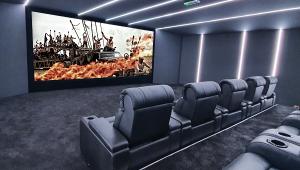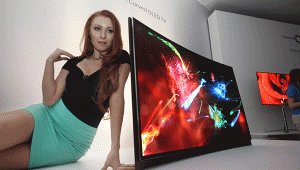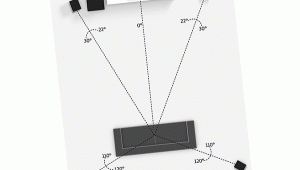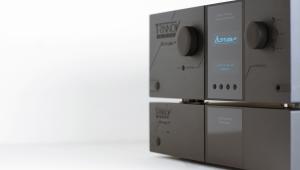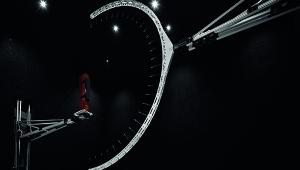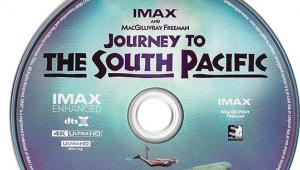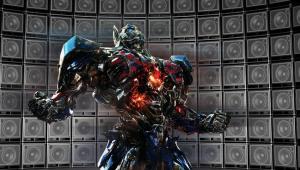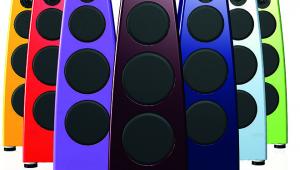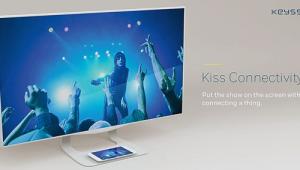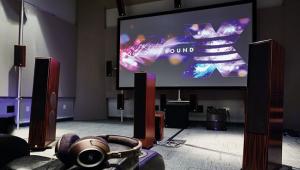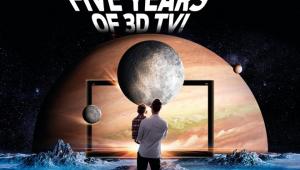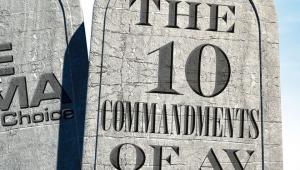The sound of real cinema? Page 2
The lighting system, which was formerly rather prosaic, is now bang on trend. LED strips break up the side walls vertically, and run front-to-back across the ceiling. All are independently controlled (via the Control4 system that also manages the room's hardware integration), allowing for various multicoloured scenes, if that's your thing. The amp rack is also illuminated. A source of irritation are the fire exit lights, one on the ceiling and one above the entrance door – thankfully neither are noticeable from the front-row seating position.
Distinctive And Dramatic
This is where I sat for a demo. The speakers and subs in this setup are actually smaller than they were before, but, from memory, this new rig sounds dramatically better. Partly that's the extra channels making everything sound more expansive and better steered, but there's also the new room optimisation to factor in, and the improved nature of the loudspeakers themselves.

The JBL Synthesis sound is driven by those horn-loaded compression drivers. The impact these have is distinctive. High-frequency details arrive with force and clarity, so that the performance really is full-range, from deep, deep bass to razor-sharp treble. It's remarkably different to the experience you get with hi-fi-focused loudspeakers, where often the treble response is rolled off to be easy on the ears.
But the thing is, JBL Synthesis's high-frequency delivery doesn't result in listener fatigue. Rather, it's thrillingly lifelike, which brings huge rewards with movie material. Consider the first race sequence in Ready Player One, which is littered with sharp sounds, from breaking glass and colliding, scraping metal. Such details should be momentarily wince-inducing, as they would be in the real world – and they are here. The squealing wheels of a train being thrown off its tracks, in particular, was a sound effect that a lesser system would struggle to replicate.
The Ready Player One scene has a couple of other notable elements of sound design. One concerns the low-end, which becomes more exciting and outrageous as the race progresses. In the early beats, the Synthesis array and its four subwoofers are tight and punchy, adding heft to truck tires pounding tarmac and a meaty underbody to the engine of Artemis's Akira/TRON mash-up motorbike. Yet then comes the T-Rex throwing its weight around, followed by King Kong. The superstar simian sounded huge through the Synthesis system, his footsteps thumping my chest and his breath a multilayered effect blending deep details with a delicate upper edge.
A more subtle sound design trick that was apparent through this 15-channel setup comes right at the end of the scene, when Artemis's bike is grabbed by Kong and then thrown down. Our perspective is facing away from the action, so that the rear and surround channels are in charge, and the feeling of sound approaching you from behind was superb.
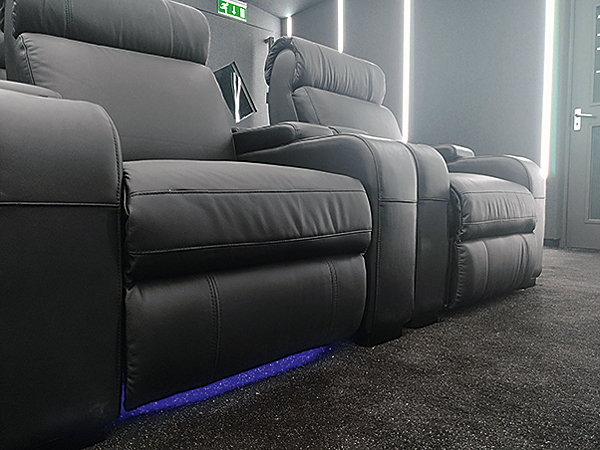
Ford vs Ferrari was an exercise in glorious fidelity. This is one of the more tuneful, well-mixed Atmos soundtracks around, something apparent in the nuanced delivery of dialogue between Matt Damon and Tracy Letts as the former prepares to take the GT40 for a runabout. It was life-like, sonorous and perfectly balanced with the rest of the soundfield. Clarity of treble was again remarkable, shown by the smashing glass of an office door, and the low detail the speakers found in the sounds of the engine and gearbox was accompanied by a feeling of physicality.
The purity of the system's sound with this movie was emphasised when I switched to the gladiatorial fight scene in Aquaman. The gloopy, pressurised underwater nature of the sound design was as well conveyed as the wide open spaces of the Ford test track, and the thud of a trident on rock carried the sort of LFE slam you'd expect from a sub-bass system using eight 15in woofers.
As for the upgrade from 7.2 to 9.4.6, the proof was in the system's fantastic steering ability. Checking in on Louie and the gang in their B24 bomber at the start of Unbroken, I was greeted by the sound of aircraft engines moving almost insouciantly around the room. And when I headed to the rear wall to swap the disc, the sense of an engine thrumming past me within a three-dimensional space was disconcerting, causing me to glance over my shoulder.
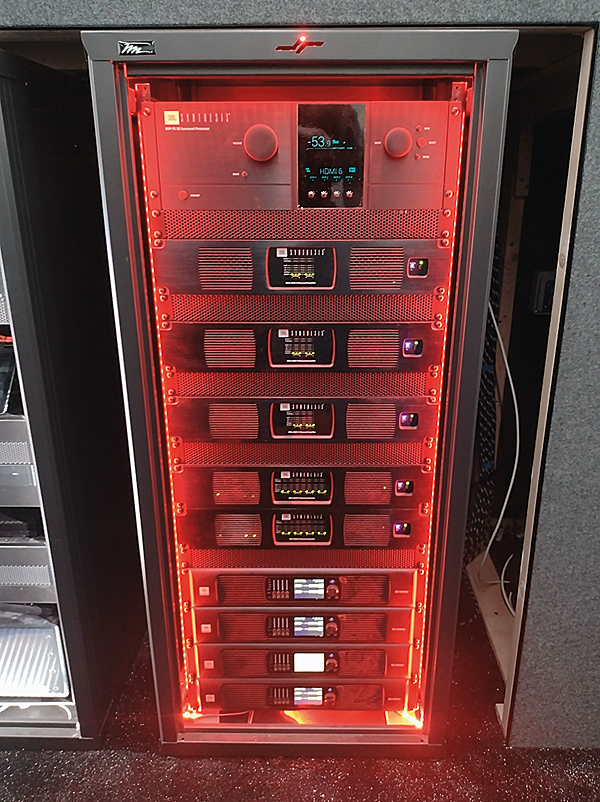
Asked to find a flaw, all I can muster is a slight thinning of the soundstage with front pans, compared to the envelopment the six surround/rear speakers created, with a couple of object-packed Dolby Atmos trailers. The addition of front-wide channels, in a room this big, would likely help, but the presence of a side door means it's not possible at present.
When A Plan Comes Together
There's a lot at play in this system: the mechanical nous of the speakers, the obvious power of the amplifiers, the processing and room correction of the SDP-75 (calibration took hours, not minutes), and the acoustic design of the room itself. The whole setup is bespoke to the space, and sounds exactly as you would want from a six-figure setup. That it comes with a dollop of genuine Hollywood DNA is the cherry on top. Pricing, like the performance, is premium. But at least you can save a few quid by not fitting any fire exit lights... n
 |
Home Cinema Choice #351 is on sale now, featuring: Samsung S95D flagship OLED TV; Ascendo loudspeakers; Pioneer VSA-LX805 AV receiver; UST projector roundup; 2024’s summer movies; Conan 4K; and more
|



